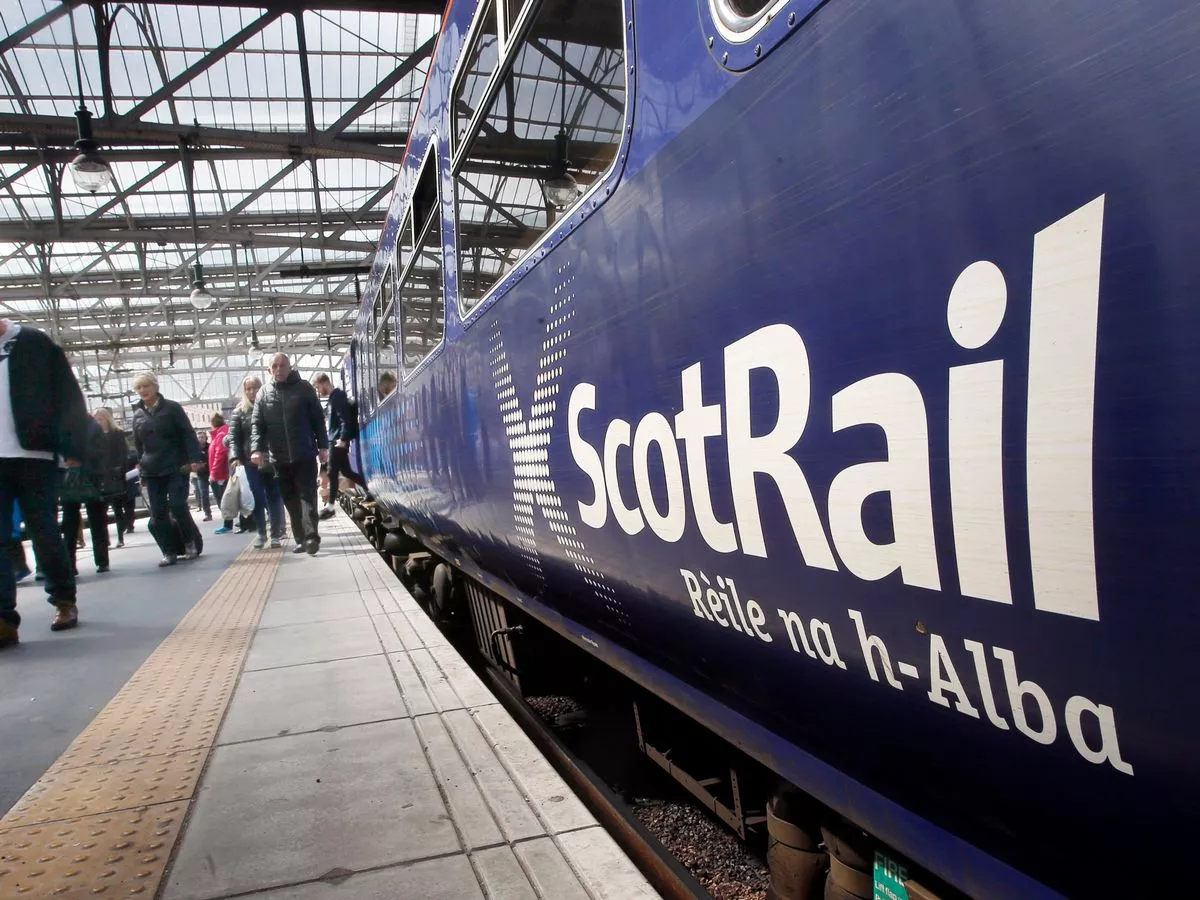Copyright dailyrecord

Rail bosses are spending almost £8 million on 'leaf busting' braking systems to help keep Scotland's trains running on time during autumn. More than 70 ScotRail trains will be fitted with enhanced sanding technology to combat the problem of leaves on railway tracks which regularly cause delays. Leaves on the tracks are the railway’s equivalent of black ice on the road. They create a thin, slippery layer that can make it harder for trains to accelerate and brake, leading to longer journey times and service disruption. To help tackle this, a system to improve grip, known as Double Variable Rate Sanding (DVRS), is being fitted to ScotRail’s Class 170 fleet, with Single Variable Rate Sanding (SVRS) on its Class 158 fleet. Each system automatically adjusts the amount of sand applied between the wheels and the rail according to the train’s speed, improving grip and reducing stopping distances in slippery conditions. DVRS was successfully trialled on a Class 170 near Inverness in July, then again in Edinburgh earlier this month in a direct comparison trial between a DVRS fitted Class 170 and a non-DVRS fitted Class 170. The trial showed measurable improvements in braking performance under slippery conditions, which will help trains run more smoothly and on time through the autumn and winter months, helping give customers greater confidence in the reliability of their journey. Kristian Peacock, interim head of performance at Network Rail Scotland said: "This trial is a great example of what we can achieve by working together across the rail industry to solve joint problems. "During autumn, there are unique challenges for performance and we always like to try new things to reduce the impact on train services. "The data so far from our DVRS system is really encouraging. It’s a simple solution that should make a real difference. "We are excited to see what the future of managing seasonal issues like leaf fall will look like, and I'm confident that DVRS tech will play a part in that." Installation work is now underway, with 12 Class 170s and one Class 158 ready for this autumn. ScotRail will monitor the effectiveness of the technology. A full rollout of the new DVRS system on all 34 Class 170 and SRVS system on 40 Class 158 trains is expected to complete by summer 2026. Mark Ilderton, ScotRail service delivery director, said: "Slippery rails are one of the biggest challenges we face every autumn, and we know how frustrating it can be when leaf fall causes delays or cancellations. "By investing in this new technology, we’re helping our trains perform better in tough conditions which will improve safety, reduce the risk of disruption, and deliver more reliable journeys for our customers. "It’s another example of innovation making a real difference for customers, and how working together across Scotland’s Railway continues to deliver improvements." The investment is supported by the Scotland’s Railway Joint Innovation Fund, which promotes safer, more reliable, and more efficient services through cross-industry collaboration.



